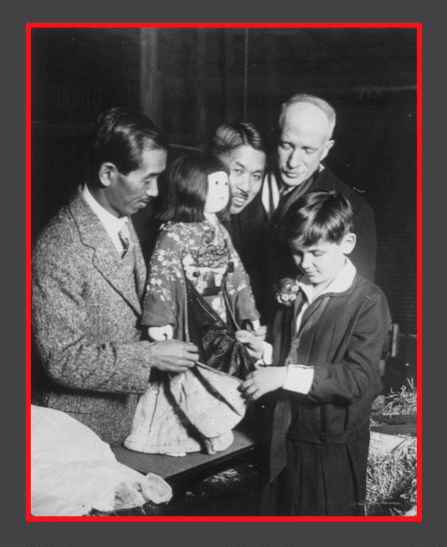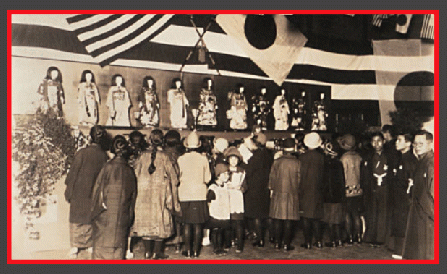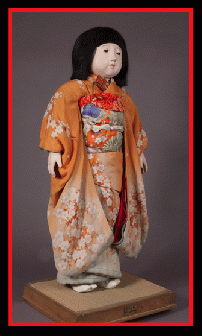The U.S. was in a post-war recession and Americans were afraid that immigrants would steal their jobs when the 1924 Immigration Act was passed. It restricted the immigration of Europeans, particularly Italians, Slavs, Eastern European Jews and Africans, and it completely banned the immigration of Arabs and Japanese. This is the inspiring story of how 2.6 million Americans responded in an historic project that most people have never heard about.
According to the U.S. Department of State, the purpose of the 1924 Immigration Act was "to preserve the ideal of American homogeneity," and limit unemployment resulting from the perceived "economic threat posed to white businessmen and farmers." (No restrictions were put on Hispanic countries, however.)
The Rev. Dr. Sidney Gulick, an educator, author and Congregational minister who had spent 25 years in Japan, was deeply concerned by these new policies. He believed that whatever discord there might be between nations or governments, "citizens will strive to conquer it and make friends," and that the future of the world was in the hands and hearts of children.

Rev. Sydney Gulick meets Miss Nagoya in Chicago along with Ryukichi Sekiya and the Japanese Consul, Tamara Tajiro. A local Girl Scout. Miss Elizabeth Getch. inspects the kimono, Chicago, December 15, 1927.
(Image by Public domain) Details DMCA
Gulick organized the "Doll Messengers of Friendship" project as a vehicle for children in the U.S. and Japan to develop friendships. Over two million Americans responded to Dr. Gulick's invitation to participate.
The "Doll Messengers of Friendship" project was a significant event in U.S. history. Nearly 2.6 million Americans participated in the 1927 Friendship Doll project, a large portion of whom were the women and girls who dressed and prepared the dolls. This represented about 2.5% of the total US population, which was 106,400,000 according to the 1920 census.
For comparison: that's more than twice as much support, by percent, as the Women's March on Washington garnered--the January 2017 Women's March comprised about 3 million participants, and represented about 1% of today's population of approximately 300 million people.
Womens March on Washington
(Image by (From Wikimedia) National Guard photo by Tech. Sgt. Daniel Gagnon, JTF-DC / dvidshub.net/image/3113868/womans-march-washington-dc, Author: See Source) Details Source DMCA
In January, 1927, almost 13,000 dolls, along with handmade travel wardrobes, luggage and letters of friendship, were shipped to Japan in time for the annual Hinamatsuri (Doll's Day festival) in March. The Japanese celebrated the dolls' arrival with parades and events.
Before the end of the year, Japan sent 58 artistically crafted dolls to America as reciprocal gifts. Each one was nearly three feet tall.
Every doll was accompanied by a wardrobe, furniture and a passport addressed "To all young friends in the United States," which read: "You are kindly requested to accept the pretty bearer of this passport of good will as a messenger sent by your young friends in Japan to convey to you their sentiment of warm regard and friendship. Please be good to her, and she will stay with you all her life, always a pleasant companion and a true friend." Signed, "All the People of the Land of Cherry Blossoms. October 30, 1927."
The dolls were named after each Japanese prefecture (geographical subdivision), and were called "Torei Ningyo," Ambassador Dolls.
(Note: You can view every article as one long page if you sign up as an Advocate Member, or higher).








